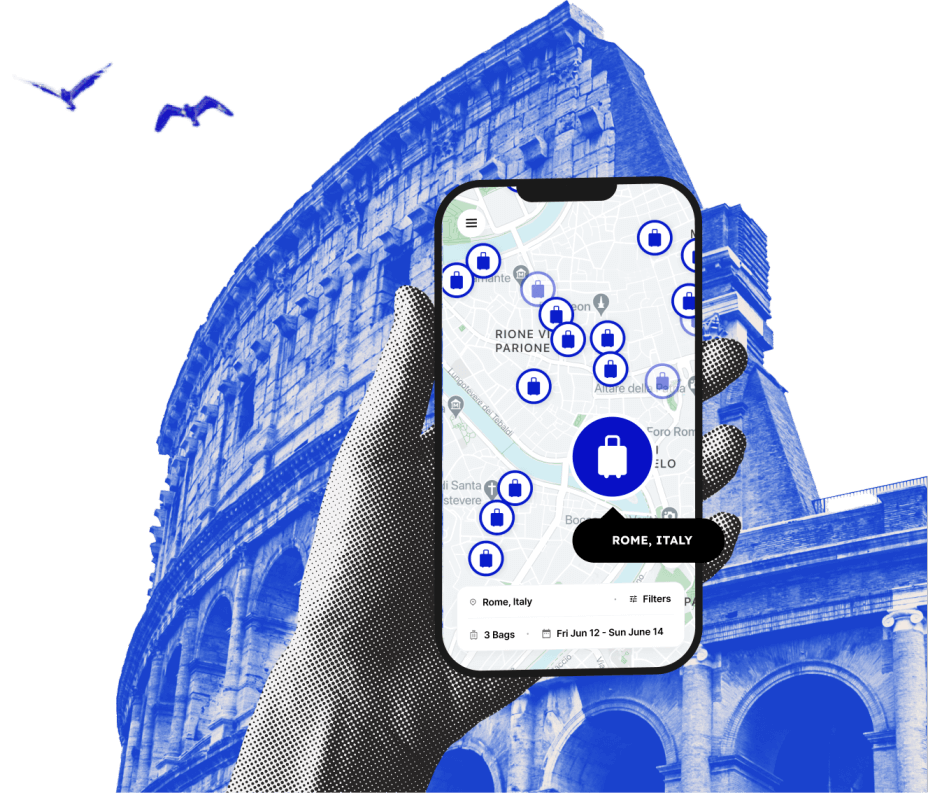The 9 Best Museums In Ibiza
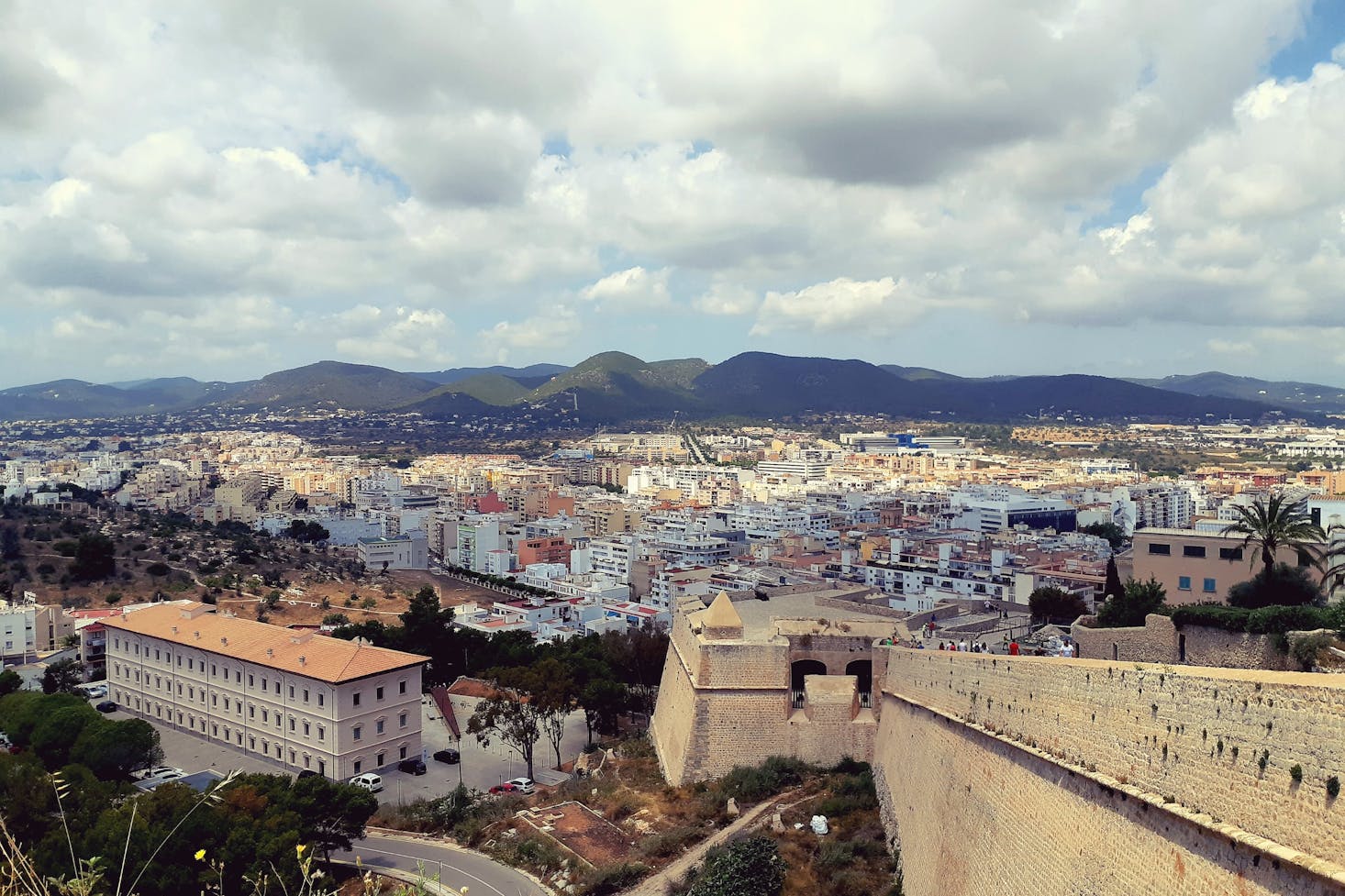
Ibiza, a heavenly Balearic Island, is a spectacular Mediterranean destination with over a hundred miles of coastline and amazing beaches offering entertainment, recreation, and fun. It is situated in the western Mediterranean, about fifty miles southwest of Mallorca Island. Its capital, Eivissa, also known as Ibiza City, is one of the Mediterranean’s most beautiful cities, famous for its unique culture, fun shopping, eclectic nightlife, and electronic music scene.
A visit to the island won’t be complete without exploring its iconic Old Town, buzzing with life, adventure, and excitement. Perched atop a hill is the historic walled fortress of Dalt Vila, a UNESCO World Heritage Site since 1999. It’s a gorgeous example of ancient Renaissance military architecture, creating a stunning skyline and providing striking lookout points to admire the ocean, the city, and across the vast mountains. Within the wooden fort doors, dramatic drawbridges, and stone walls are cobbled streets, churches, and some of the best museums in Ibiza, perfectly blending with cool bars and stylish modern restaurants.
There are so many things to do and see on the island that you’ll need at least three days to get a taste of its history, culture, and lifestyle. If you plan to bring a lot of items during your trip, drop them off at Bounce luggage storage in Ibiza. That way, you can maximize your adventure without being burdened by your bags.

Love discounts and traveling?
Sign up for our newsletter and get 10% off your next booking.
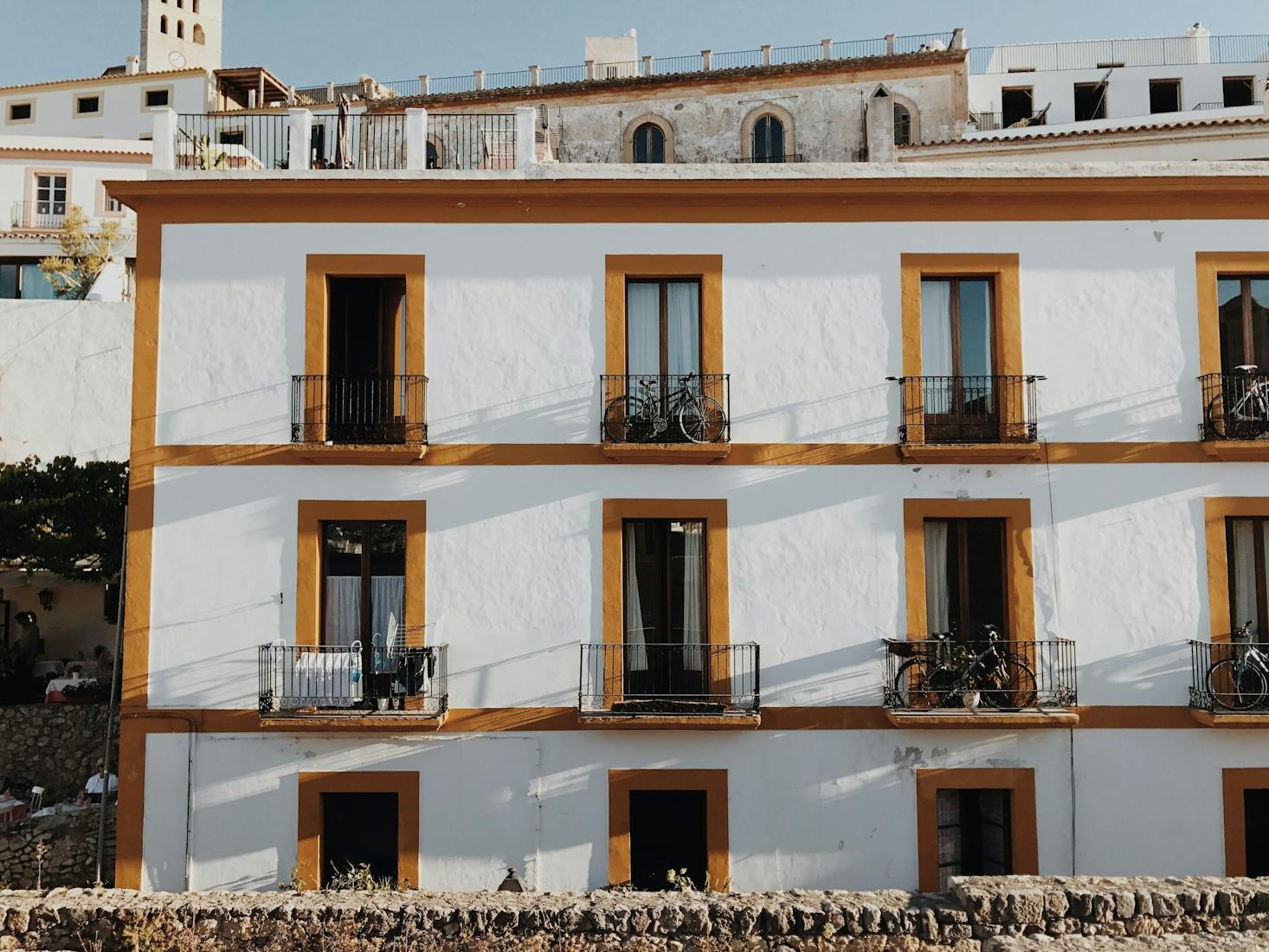
Contemporary Art Museum of Ibiza
Opened in 1969, the Contemporary Museum of Ibiza (MACE) is one of Spain’s oldest contemporary art museums. It had permanently been housed inside the historic Simón Poulet building in Old Ibiza Town. But currently, the Contemporary Art Museum has two parts: one is still located in the old building, and the other is in the newly designed building by Victor Beltran.
Visitors can explore the museum for free and appreciate an outstanding collection of art from artists worldwide and locals from the Balearic Islands. It includes works by Eduard Micus, Gilber Herreyns, Antonio Hormingo, Will Faber, Rafael Tur Costa, Erwin Broner, and many more.
Anyone who loves modern and contemporary art will have a great time at the museum. In addition to permanent and temporary exhibitions, MACE boasts a preserved archaeological site underground. Here, visitors can witness the structural changes through the centuries, from the Phoenician period in the sixth century to the Roman and Islamic eras.
Location: Ronda Narcís Puget s/n. Dalt Vila, 07800 Eivissa, Ibiza
Dalt Vila’s Archaeological Museum
The Archaeological Museum features collections representing the historical past of the Balearic Islands of Ibiza and Formentera. Its two sites are found in Ibiza City, at the top of the Old Town, Dalt Vila, in Cathedral Square. It is close to other historical attractions, including the old Lonja, the House of the Curia, the Castle, and the Episcopal Palace.
The Ibiza and Formentera's Archaeological Museum was founded in 1907, boasting artifacts spanning different eras. It includes pre-historic, Phoenician, Islamic, Roman, and Punic sections. One of its highlights is the Museo-graphic content, covering 3,000 years of Pytiusic history, from the very first people who settled in these Balearic islands to the 1235 Catalan conquest.
Location: Plaza de la Catedral, 3, Dalt Vila, Ibiza
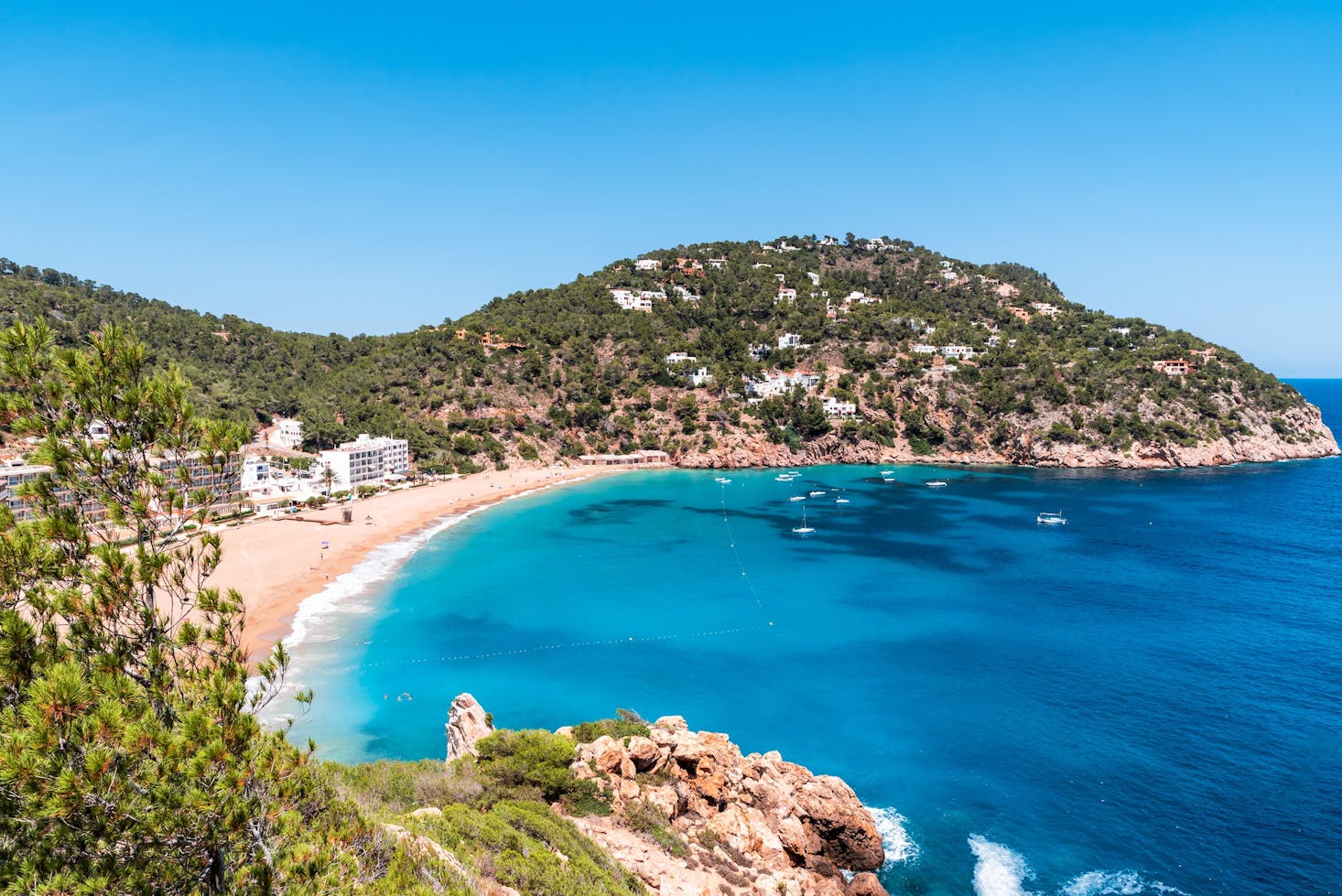
Can Ros: Ethnographic Museum of Ibiza
A short drive from the Ibiza capital is the Ethnographic Museum of Ibiza, a valuable heritage at Santa Eulalia. It is housed in a 300-year-old farmhouse, a perfect example of traditional architecture. It features a comprehensive ethnographic collection, allowing visitors to discover the unique characteristics of the Balearic Island’s rural life.
The goal of the Ethnographic Museum of Ibiza is to preserve the significant elements that capture the lifestyle on the Spanish island. It showcases traditional costumes, musical instruments, weapons, jewelry, toys, all types of farming equipment, work utensils, and many more. There’s also a photography collection where you can see the last half century of the history of Ibiza.
Location: Can Ros des Puig de Missa, 07840 Santa Eularia des Riu, Santa Eulalia del Río, Ibiza
Puig des Molins’ Monographic Museum and Necropolis
Found not far from Ibiza Port (an area not to miss) Puig des Molins is a UNESCO World Heritage Site and the most important Phoenician-Punic necropolis in the Mediterranean. This small hill was the burial site of Ibiza City during ancient times. It is about 500 meters south of Puig de Vila, chosen by the Phoenicians, the city’s founder in the mid-7th century BC, to bury their dead.
Numerous archaeological works have been done since 1903, leading to the discovery of countless Punic, Phoenician, and Roman artifacts you can now see in the Monographic Museum. The extensive city burial place was declared a Historical and Artistic Monument in 1931 and is now the western Mediterranean’s largest and best-preserved necropolis.
Backpacks and handbags are not allowed inside, so it’s best to leave your personal belongings in a locker. It is closed on Mondays and holidays and opens from Tuesday to Thursday, between 9 AM to 3 PM. If you visit on Friday, you can come early, from 9 AM to 3 PM, or in the evening from 5 PM to 8 PM. Puig des Molins is also open on Saturdays from 9 AM to 2 PM and 10 AM to 2 PM on Sundays.
Location: Via Romana, 31, 07800 Ibiza, Balearic Islands
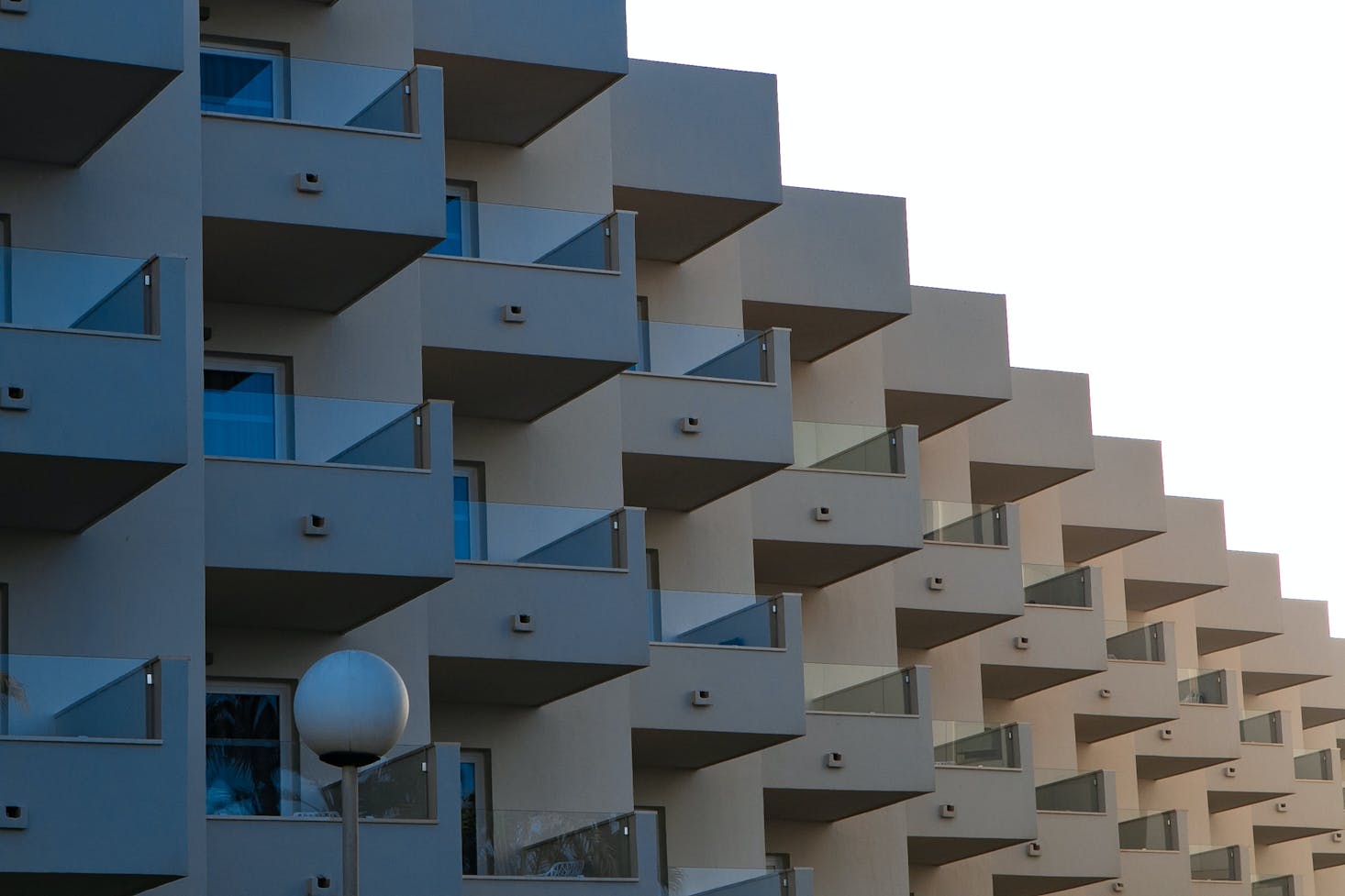
The Puget Museum
Another Ibiza museum you shouldn’t miss is the Puget Museum. It opened in April 2007 on the old main street of Dalt Vila, Calle de San Ciriaco. You’ll find it inside the former aristocratic home, Can Comasema, where the Palou de Comasema family lived in the 19th century, featuring large windows and a stunning inner courtyard.
The Puget Museum features works by the prominent father and son painters Puget Viñas and Puget Riquer. Their 130 art pieces are included in the permanent exhibition, capturing the images of rural life on the island and women as the center of the family. These contemporary Ibizan artists also portrayed Ibiza city and the island’s rites and customs in the early 20th century.
A visit to the Puget Museum will take you on an exciting journey to the island’s recent past through the beautiful artwork. It is open daily except for Mondays, from 10 AM to 2 PM and 5 to 8 PM.
Location: Calle de Sant Ciriac, 18, Ibiza
Diocesan Museum
Set in the Cathedral of Santa Maria de las Nieves in Old Ibiza Town is the Diocesan Museum, chronicling the rich history of the Ibizan church from the 13th to the 20th centuries. It was founded in 1965, though its beginnings started a year earlier when the Chapter and dean organized the establishment of a museum for the Cathedral.
As you visit this Ibizan museum, you’ll find displays of artistic and artisanal items related to liturgy and the church’s past, spanning seven centuries. It includes paintings, ornaments, goldwork, sculptures, a collection of rosaries, crosses, and other essential objects. Apart from the displays, be sure to explore the medieval church, which underwent several modifications and renovation works throughout the centuries.
Location: Plaza de la Catedral, S/N, 07800, Ibiza
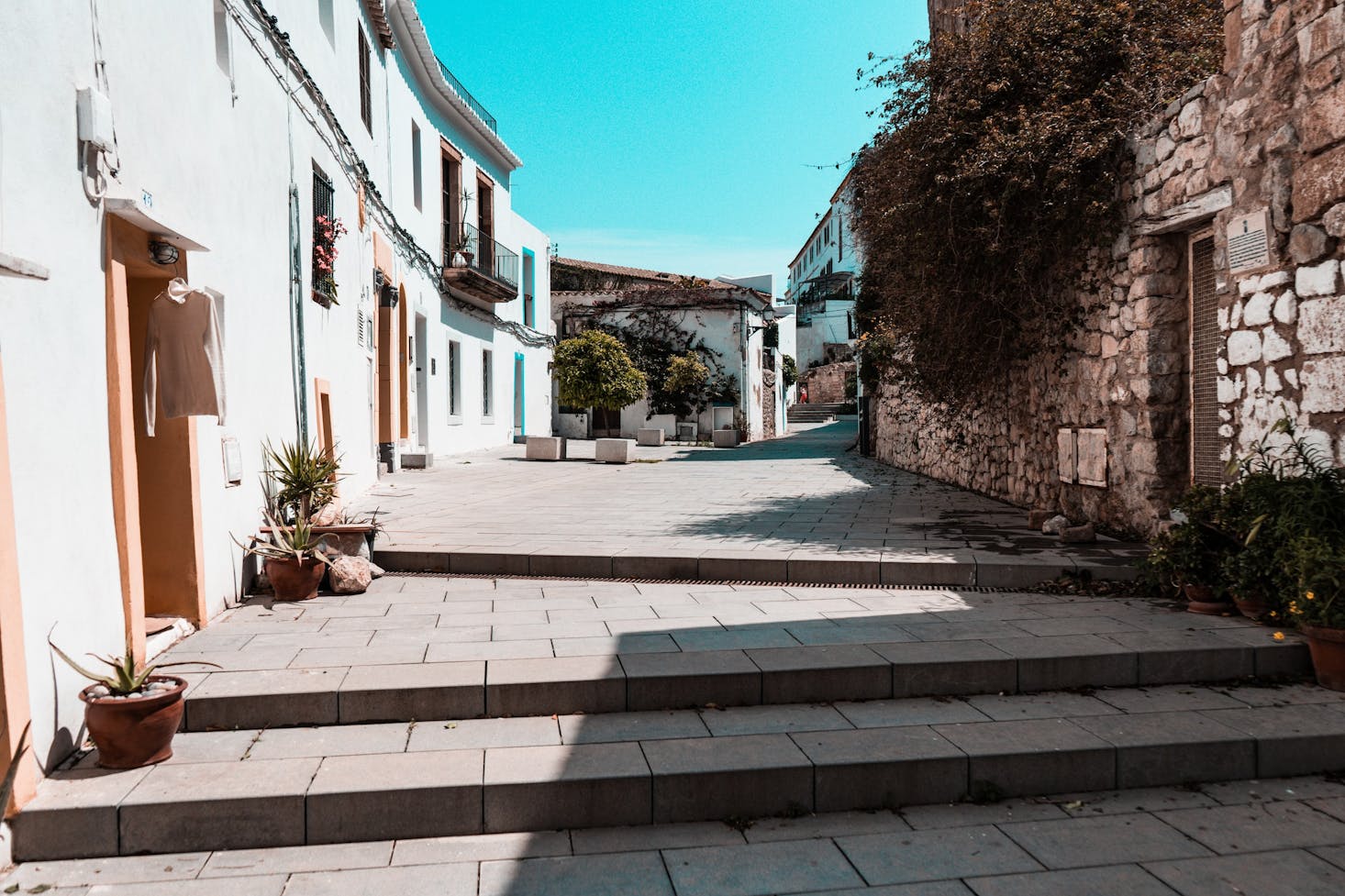
The Madina Yabisa Information Centre
The Madina Yabisa Information Centre is not as big as other Ibiza museums, but it certainly has its own charm. It is nestled in one of the oldest buildings in the Old Town, Casa de La Cúria. It gives visitors a glimpse of Ibiza Town when it was a medieval Moorish area called Madina Yabisa before the island fell into the Catalan forces in 1235.
Madina Yabisa was an important Muslim town during the Middle Ages. Through modern audio-visual technology, the Madina Yabisa Information Centre narrates the history of Ibiza city and the island’s varied past during the Islamic era and the Arabic fortification. It also uses the structural elements of the ancient Arabic wall, accompanied by an AV documentary available in several languages, to show its history and the city’s evolution through the centuries.
Location: Carrer Major, 2, 07800, Ibiza
Barrau Museum
Another cultural attraction worth exploring in Santa Eulalia is the Barrau Museum, an art museum featuring the artwork of Laureà Barrau i Buñol. He was an impressionist painter from Barcelona who visited the island in 1912. He and his wife were captivated by Ibiza’s colors, light, and customs the moment they set foot on the island, so Barrau decided to move to the island permanently.
Since 1931, the painter’s work has focused mainly on Santa Eulalia and its people. After his death, his widow, Berta Vallier, opened a small museum in their house, known as the Barrau Museum, for many years. Then in 2014, the Town Hall established the Barrau Gallery, featuring Barrau’s work to preserve the painter’s works and honor his legacy.
Today, the art gallery & museum features almost 200 paintings, including many drawings, sketches, oil paintings, watercolors, and more. It's free entry, so make sure to add this to your itinerary if you're looking for free things to do in Ibiza.
Location: Passeig de s’Alamera, 4. Santa Eulària des Riu, Ibiza

Casa Broner Museum
If you’re interested in the modern architecture in the heavenly Balearics, check out the Casa Broner Museum in the Sa Penya neighborhood. It is nestled right over the cliff, offering breathtaking ocean views. From the large windows, curious visitors can soak in the fresh sea breeze and enjoy the brightness of the day.
The Broner House Museum was built by the painter and German architect Erwin Broner in the sixties. It was donated by the artist’s widow, Gisela Broner, to the City Town Hall in 2000 and was later declared a Cultural Interest. It has two floors with a terrace, a studio, and a garden, offering a tranquil and peaceful respite on the island.
The House Museum is open to the public from Tuesdays through Sundays, usually from 10 AM to 2 PM and 5 to 8 PM. It’s best to check the schedule before your visit to avoid disappointment. In addition to the architectural structure, you can also see the furniture that Erwin designed during your tour, as well as his personal items, drawings, and paintings.
Location: Carreró de l'Estrella, 3, 0780, Ibiza
What are the best free museums in Ibiza?
Whether you love history or not, you’ll undoubtedly fall in love with the best museums in Ibiza. One of the best things about organizing a cultural visit to the island is that most museums here are free. One of them is the Contemporary Art Museum of Ibiza, which allows you to witness impressive Balearic art in a lovely exhibition space for free.
In addition, the Puig des Molins’ Monographic Museum used to cost a minimal fee of $2.5 for a general ticket and a discount ticket of $1.25 each. Now, you can visit the museum with friends and family for free. And even if you have to pay to enter the museum, the entrance fee is still cheap. If you'd like to know about additional free activities in Ibiza, read our guide here.
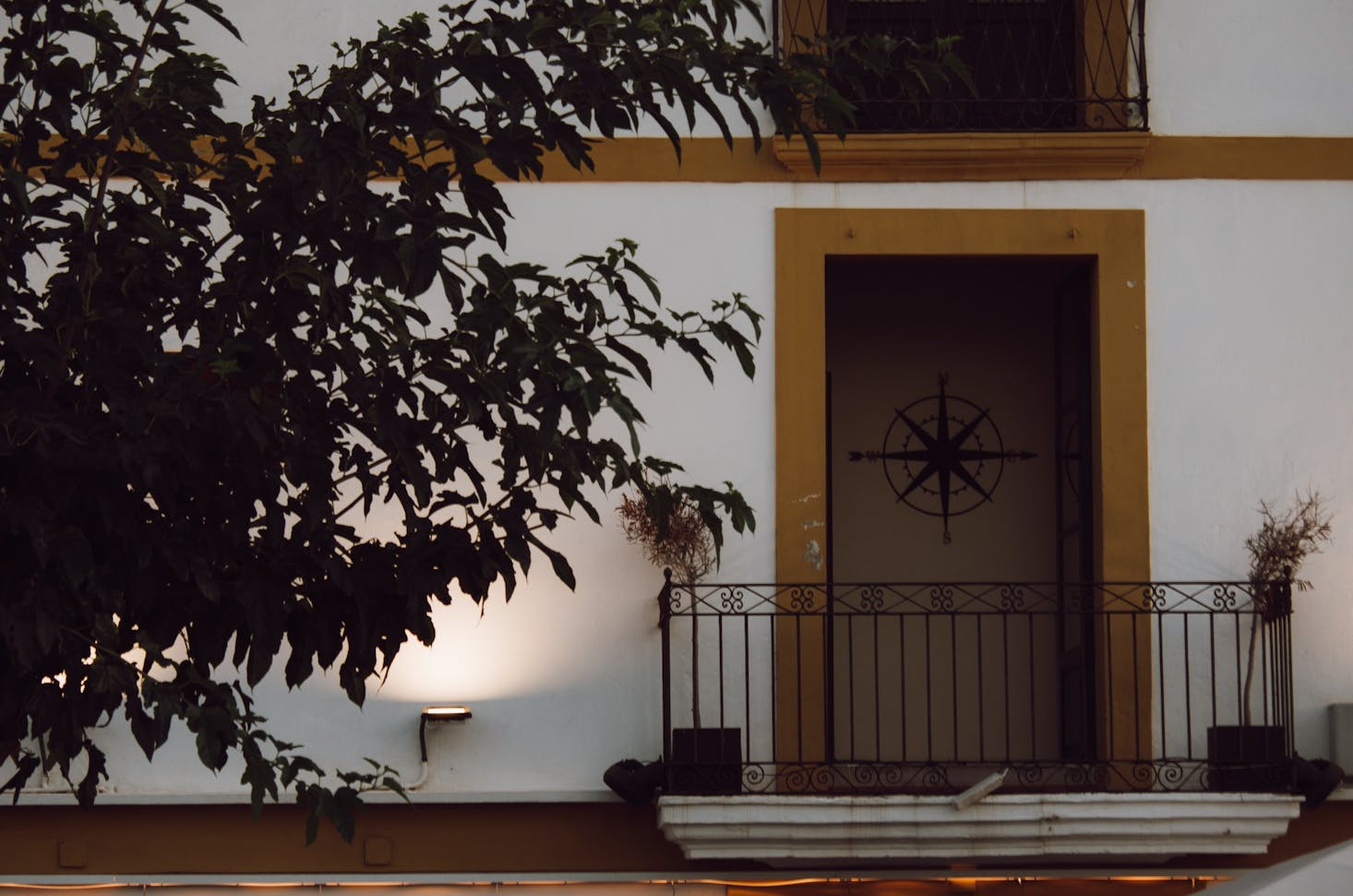
Which are the best museums in Downtown Ibiza?
The best museums in Downtown Ibiza mainly depend on your interest or what you want to see. For instance, if you love arts or are a fan of the Puget painters, the Puget Museum is a must-see cultural site in the city. But if you’re interested in the history of the Gothic Ibiza Cathedral, you should check out the Diocesan Museum.
Are there any cheap museums in Ibiza?
Visiting Ibiza on a budget is not a problem! Besides the free attraction and scenic sights, most museums in the city and throughout the island are cheap, if not free. Your ten bucks will take you to numerous cultural facilities, as the art galleries and museums’ admission tickets cost under $5. For example, the entrance to the Ethnographic Museum in Santa Eularia is only $3.2, whereas the entrance ticket for the Madina Yabisa Information Centre is a little over $2.
Explore the Top Museums in Ibiza!
Historians, art lovers, and museum-goers will enjoy exploring the best museums in Ibiza. They are close to each other, so you can visit many of them in a day on foot. Head to the fortified Old Town, perched on a hill next to the sea, and you’ll discover several historical museums, ancient buildings, churches, massive wooden doors, and high stone walls. It’s like traveling back in time as you stroll through the white, cobbled streets and see the world-class exhibition halls.

Love discounts and traveling?
Sign up for our newsletter and get 10% off your next booking.
